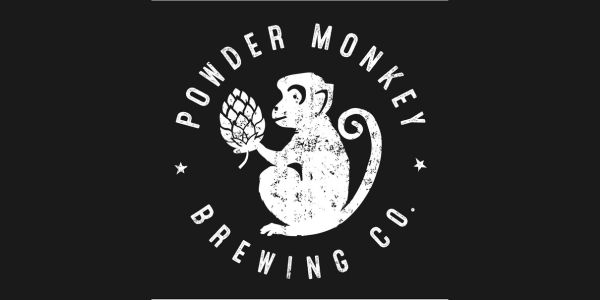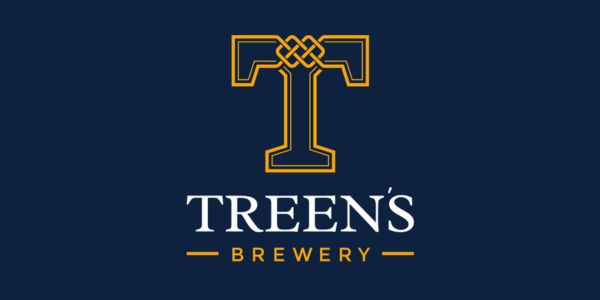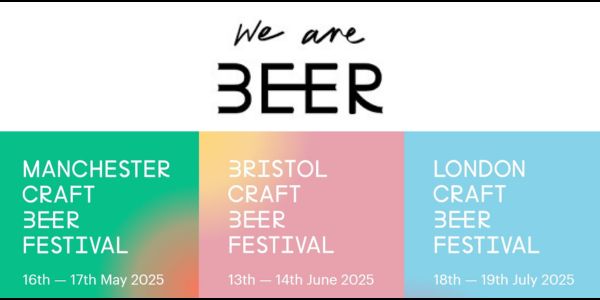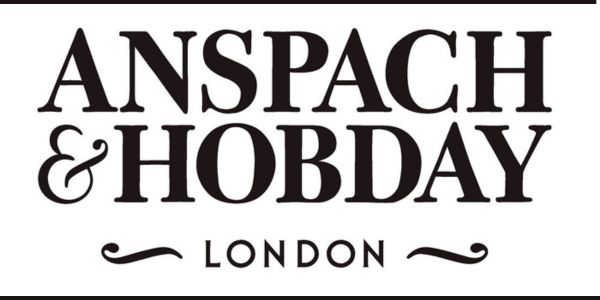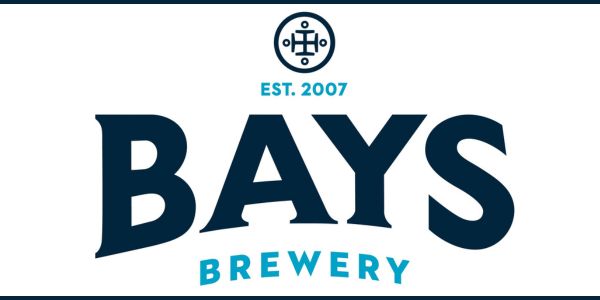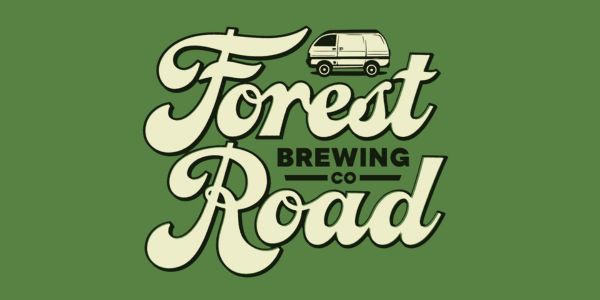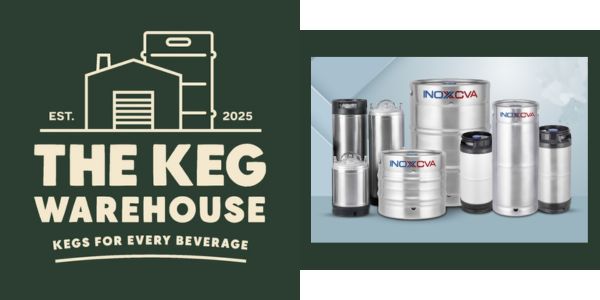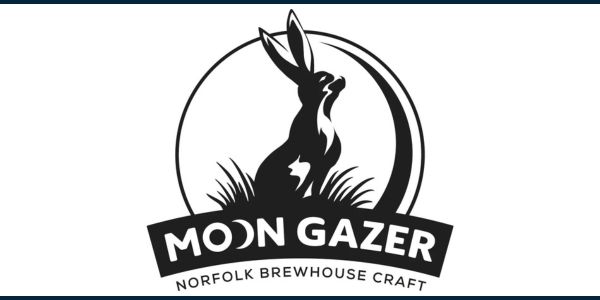Average beer production volumes among independent breweries have risen 14% compared to 2023, returning to pre-pandemic levels for the first time in four years.
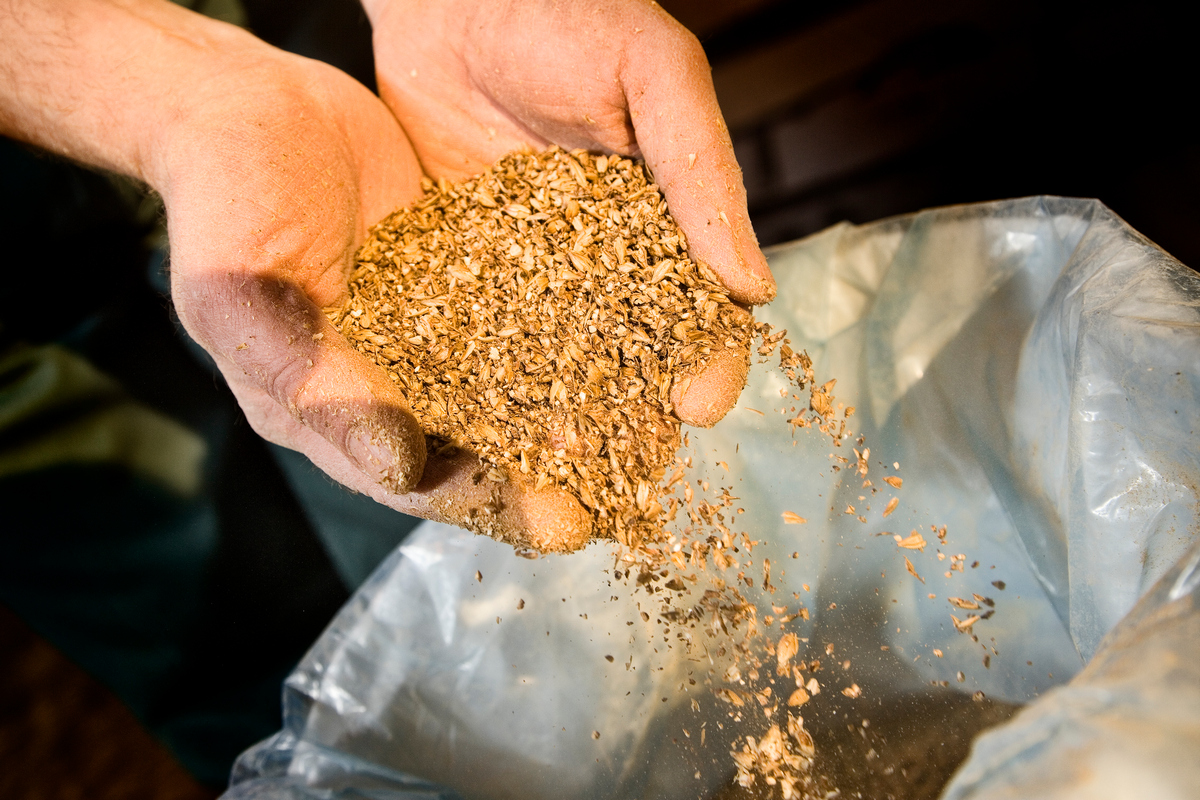
Cask beer has also seen a big increase, with volumes up 10% year-on-year, according to the SIBA Independent Beer Report 2024.
New data from hundreds of independent craft breweries forms a key part of the findings in the report, which also features industry analysis and commentary, as well as specially commissioned consumer research via YouGov.
It was this YouGov research which showed a growing consumer pull for independent craft beer, with 55% of beer consumers saying they now drink local craft beer, up from 47% who said they drank it in 2023. This places it on level-pegging with global lager.
“Demand for local, independently brewed beer in the UK is strong, with independent brewers reporting production volumes up by 14%, meaning they have returned to 2019 volumes again,” said SIBA chief executive Andy Slee.
“The short-term issue for small independent breweries isn‘t demand, it’s profitability, rising costs, and financial pressures such as lingering Covid debt.
“Far too many breweries are simply trying to survive rather than thrive, so whilst there are many positive signs highlighted in the report, for now it’s cautious optimism.”

SIBA chief executive Andy Slee
The SIBA Independent Beer Report highlights 43% of independent brewers citing ‘survival’ as their top priority, though this is significantly down (-20%) from 2023, when a majority of 63% were just trying to survive.
Another red flag for the beer industry are the figures showing just 30% of 18- to 24-year-olds never drink beer, falling behind wines and spirits. And almost a quarter of consumers (24%) say they never visit their local pub.
The report also tracks brewing trends, such as which beer styles breweries are producing. Most notably, lager has continued its rise up the charts to number four this year. Fifty-six per cent of independent brewers now produce a craft lager, up 5% on the 2023 year’s survey and the biggest growth category for 2024.
Also on the up is non-alcoholic beer, with a 2% growth, taking the number of breweries now making an alcohol-free beer to 8%.
Andy added: “No- and low-alcohol beer is massively increasing in popularity, and thanks to new technologies which make it easier to produce great -tasting low- or no-alcohol beer, more independent breweries than ever are catering to this growing market.”
At the top of the table British classics stout, best bitter, and pale ale hold the first three places respectively, showing the demand for traditional beer styles remains strong.

